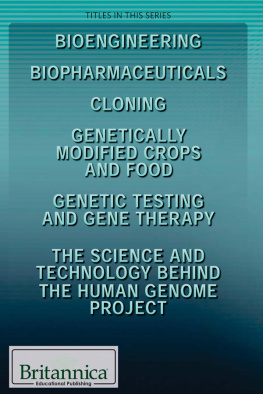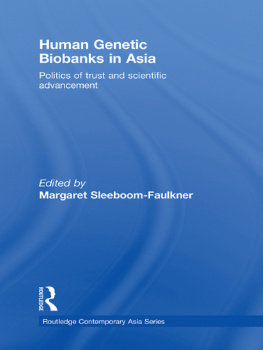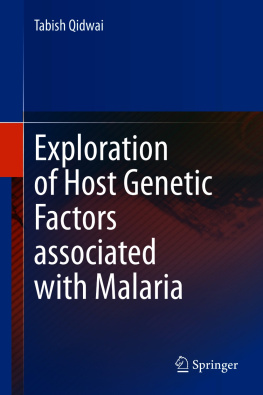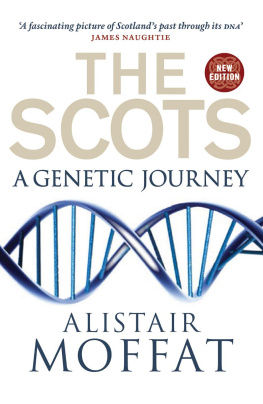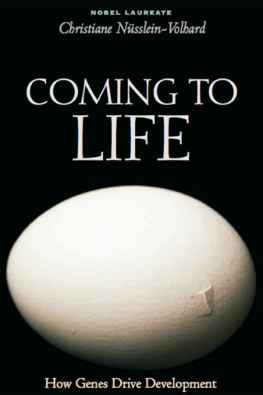Thank you for downloading this Simon & Schuster ebook.
Get a FREE ebook when you join our mailing list. Plus, get updates on new releases, deals, recommended reads, and more from Simon & Schuster. Click below to sign up and see terms and conditions.
CLICK HERE TO SIGN UP
Already a subscriber? Provide your email again so we can register this ebook and send you more of what you like to read. You will continue to receive exclusive offers in your inbox.
We hope you enjoyed reading this Simon & Schuster ebook.
Get a FREE ebook when you join our mailing list. Plus, get updates on new releases, deals, recommended reads, and more from Simon & Schuster. Click below to sign up and see terms and conditions.
CLICK HERE TO SIGN UP
Already a subscriber? Provide your email again so we can register this ebook and send you more of what you like to read. You will continue to receive exclusive offers in your inbox.

Simon & Schuster
1230 Avenue of the Americas
New York, NY 10020
www.SimonandSchuster.com
Copyright 2017 by Jennifer Latson
All rights reserved, including the right to reproduce this book or portions thereof in any form whatsoever. For information, address Simon & Schuster Subsidiary Rights Department, 1230 Avenue of the Americas, New York, NY 10020.
First Simon & Schuster hardcover edition June 2017
SIMON & SCHUSTER and colophon are registered trademarks of Simon & Schuster, Inc.
For information about special discounts for bulk purchases, please contact Simon & Schuster Special Sales at 1-866-506-1949 or .
The Simon & Schuster Speakers Bureau can bring authors to your live event. For more information or to book an event, contact the Simon & Schuster Speakers Bureau at 1-866-248-3049 or visit our website at www.simonspeakers.com.
Interior design by Lewelin Polanco
Jacket Design by Rex Bonomelli
Library of Congress Cataloging-in-Publication Data
Names: Latson, Jennifer, author.
Title: The boy who loved too much : a true story of pathological friendliness / Jennifer Latson.
Description: New York : Simon & Schuster, 2017. | Includes bibliographical references.
Identifiers: LCCN 2016043207 | ISBN 9781476774046 (hardcover) | ISBN 9781476774053 (pbk.)
Subjects: LCSH: Williams syndromePatientsCase studies. | Friendship in childrenCase studies. | Social interaction in childrenCase studies.
Classification: LCC RJ506.W44 L37 2017 | DDC 618.92/8dc23
LC record available at https://lccn.loc.gov/2016043207.
ISBN 978-1-4767-7404-6
ISBN 978-1-4767-7406-0 (ebook)
For my parents, Chuck and Carole, who believe that differences are what make people cool
We got a future. We got somebody to talk to that gives a damn about us.... Because I got you to look after me, and you got me to look after you, and thats why.
John Steinbeck, Of Mice and Men
Authors Note
The narrative that follows is based on my immersive observation and reportage. For moments in the past, and for those I was unable to observe, I relied on extensive interviews to re-create scenes that were factually accurate. I have changed some names and identifying characteristics, including for Eli and Gayle, members of their family, and the people in their community, as well as for others with Williams syndrome and their relatives. I have not changed the names of Williams clinicians or researchers.
Preface
T he first time I met Eli, in the late winter of 2011, he was waiting for me at his front door. Gayle had told him to expect a visitor: a writer who wanted to observe him in his natural habitat, as Gayle put it. She always waited to deliver exciting news like thisa guest!until the last possible moment, so the anticipation wouldnt overwhelm him. Still, Eli had been restlessly awaiting my arrival for the two hours since hed gotten home from school.
At first, all I saw were pudgy fingers wrapped around the door, which was open just a crack. I heard Gayles command: Do not go out there, Eli. An eyeball appeared in the crack between the door and its frame. It bulged wide when it saw me. Then the baby-faced boy, who had just turned twelve, flung the door open. He rubbed his palms together, beaming as if he were about to open a Christmas present. Then he waved frantically, as if I might not have noticed him and might simply turn and walk away. Hi, Kenny! he bellowed into the snowy parking lot of his apartment complex.
Eli spoke with exclamation points: earnestly and emphatically. His voice was deep and louda mans booming baritonebut cheerful and childishly nasal.
I heard Gayles voice again, in a stage whisper: Her names Jennie . He corrected himself without pausing, without embarrassment. His smile never faded. Hi, Jennie!
The greeting was comically hyperbolic, yet Eli radiated sincere, earnest warmth. Meeting me truly was as exciting as opening the biggest present under the tree. I reminded myself, before my ego swelled in proportion to Elis enthusiasm, that meeting anyone was this exciting for him.
WHEN I FIRST HEARD OF Williams syndrome, it had been described to me as a cocktail party syndrome that made people socially fearless, quick to greet strangers and to strike up a charming conversation laden with compliments and endearments. Fascinated, I began searching for more information about the disorder. I came across a news story that called people with Williams syndrome indiscriminately loving and biologically incapable of distrust. Another account dubbed Williams the anti-autism: a genetic fluke that stripped one in every 10,000 people of the inherent wariness, skepticism, and inhibition that were hardwired into the rest of usespecially introverts and New Englanders, both of which I happen to be.
Initially, I felt partly envious of this social ease and partly indignant that our conformity-loving culture saw fit to label it a disorder. Who are we to tell them theyre doing it wrong? I thought righteously, concluding that, in another time and place, people with Williams would have been canonized as saints, not diagnosed with an illness. If they love and trust everyone unconditionally, I thought, maybe theyre the ones doing it right. Maybe its the rest of us who need treatment .
As a journalist, I felt driven to probe more deeply. I wanted to know what Williams could tell us about the genetic basis of our personalities. How could a flipped switch that shuts off about two dozen genesa tiny twist of the 20,000 or so genes that form a DNA strandmake us inherently loving, trusting, and outgoing? And why wasnt that our default mode?
The more I came to understand Williams syndrome and to meet a wide range of people who had it, the more I saw that the social impulses that partly defined the disorder werent so clearly a gift. Their unique combination of gregariousness and guilelessness exposed a paradox in Western culture: we say we like extroverts, but when an extreme extrovert comes barreling toward us with open arms, we shy away. Its not just warmth or openness that we value; these traits must be coupled with a more sophisticated sense of when to turn them on and off. People with Williams syndrome never turn them off. They have the social drive but not the cognitive ability to use it effectively.
With their unconditional love for humankind, people with Williams seem to come closer than any of us to what religious leaders, gurus, and self-help authors tout as an ideal. But the truth is more complicated. The response Ive seen to people with Williams has ranged from warmth to amusement to pity to contempt. Reverence rarely makes an appearance. Nor do their overtures of friendship tend to meet with genuine reciprocation. The cruel irony of the disorder is that the very people who crave social connection the most arent well adapted to get it. Their insatiable drive to connect is, in itself, what ultimately pushes people away.
Next page

